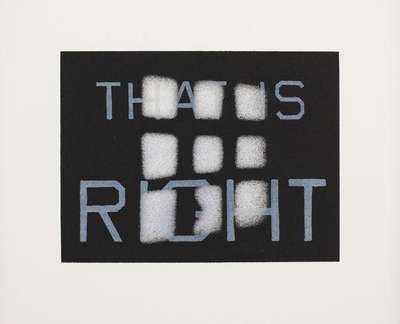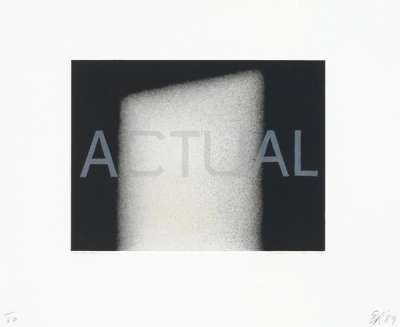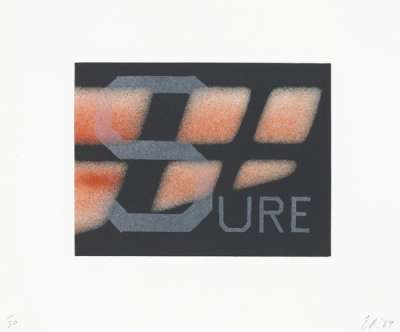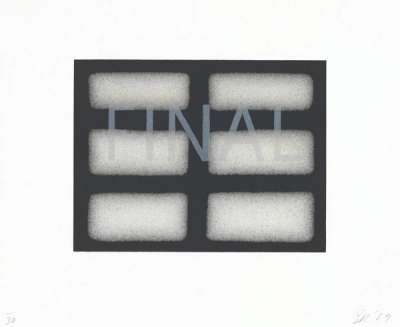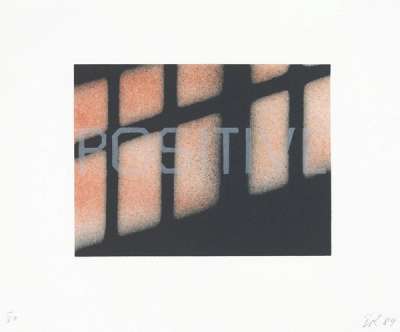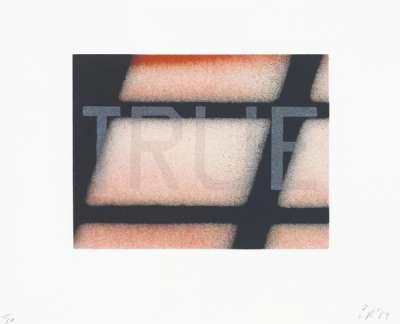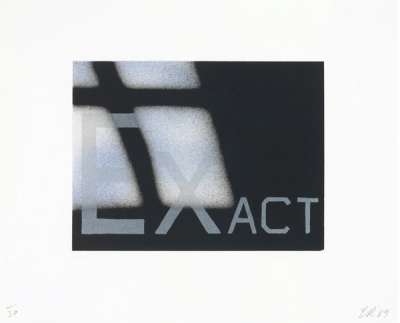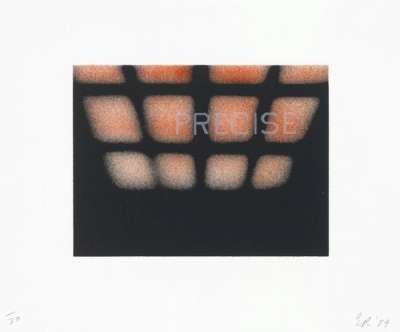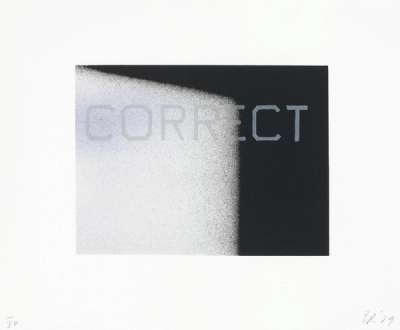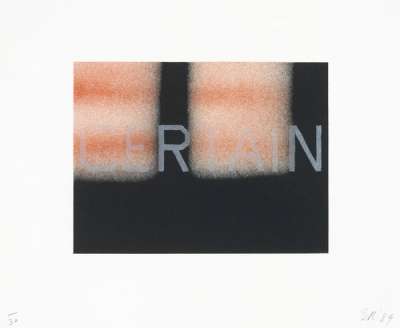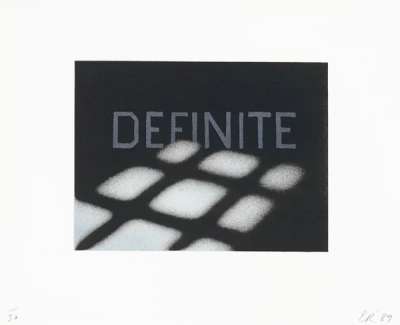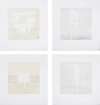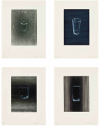That
Is Right
Ed Ruscha's That Is Right print series, produced in 1989, unfolds a meticulous, deadpan study of language and its limits. This series exemplifies Ruscha's pioneering role in integrating textual elements with visual art, using language not just as a medium but as the very subject of exploration, challenging perceptions of certainty and prompting reflections on the essence of truth in communication.
Ed Ruscha That Is Right For sale
That Is Right Value (5 Years)
Sales data across the That Is Right series by Ed Ruscha varies by print. While standout works have sold at auction for up to £75907, other editions in the series remain rare to market or have yet to appear publicly for sale. Of those tracked, average selling prices have ranged from £75907 to £75907, with an annual growth rate of 9.53% across available data. Collectors should note the discrepancy in performance between more visible and lesser-seen editions when considering value potential in this series.
That Is Right Market value
Auction Results
| Artwork | Auction Date | Auction House | Return to Seller | Hammer Price | Buyer Paid |
|---|---|---|---|---|---|
 That Is Right Ed Ruscha Signed Print | 8 Mar 2023 | Christie's New York | £3,400 | £4,000 | £5,500 |
Sell Your Art
with Us
with Us
Join Our Network of Collectors. Buy, Sell and Track Demand
Meaning & Analysis
The That Is Right series by Ed Ruscha stands as a compelling investigation into the realms of language and certainty within the context of Conceptual art. By selecting words and phrases that connote affirmation and precision, such as Correct and Exact, Ruscha delves into the philosophical underpinnings of truth and the inherent quest for accuracy in human expression. Each piece within the series serves as a standalone affirmation, yet, when viewed collectively, they weave a complex narrative on the nature of certainty and the ways in which language shapes our understanding of reality.
Ruscha's approach to this series is both methodical and conceptual, employing a minimalist aesthetic that places the focus squarely on the textual content. The choice of words, each an unequivocal assertion of truth or accuracy, prompts viewers to consider the power of language in asserting reality and the subjective nature of what we consider to be 'true' or 'right'. This exploration is further enriched by the visual uniformity of the series, which paradoxically underscores the fluidity and multiplicity of meaning inherent in language.
The series not only reflects Ruscha's fascination with the visual form of language but also his broader concerns with the landscapes of communication and perception. By stripping these words of any contextual grounding and presenting them in a stark, unembellished format, Ruscha invites a meditation on the abstract qualities of textual communication and the elusive pursuit of certainty in a world rife with ambiguity and interpretation.
Moreover, the That Is Right series underscores the significance of context in understanding and interpreting language. In isolating affirmative words and phrases from their usual contexts, Ruscha highlights the constructed nature of meaning and the role of the viewer in completing the cycle of communication. This interaction between text and viewer becomes a dynamic exploration of the relationship between language, perception, and truth.
